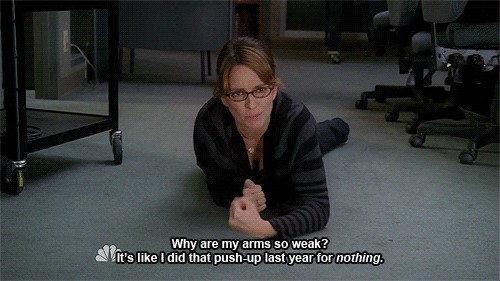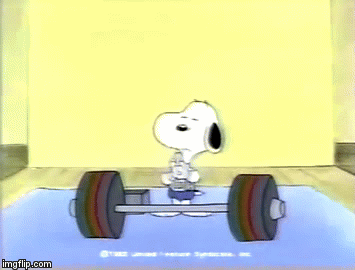Weightlifter’s Shoulder is a term that describes painful wear and tear of one end of your collar bone. It’s an injury that happens due to overuse. It causes small fractures that can be quite painful and effect your range of motion. In some instances, something called osteolysis or bone breakdown occurs.
It’s called Weightlifter’s Shoulder because weightlifters are commonly affected due to the repetitive motions and heavy weight put on the shoulder joint when lifting weights. However, they are not the only ones affected. Jackhammer operators, baseball and football players and even soldiers can develop this problem.
Symptoms
The symptoms of this condition include tenderness over the front of the shoulder. You may also have pain while doing bench presses or dips, or you may be unable to do a push up due to the pain. If you’re experiencing these symptoms it is very important that you do not try and push through the pain. This will only lead to further damage and a longer healing process.
 (Not being able to do a pushup due to lack of exercise is not a symptom.)
(Not being able to do a pushup due to lack of exercise is not a symptom.)
What Causes this Condition?
Repetitive stress from training and lifting can be a cause. For example, when your elbows drop below or behind your body during bench press, excessive traction on the AC (acromioclavicular) joint occurs. As a result, your shoulders extend too far. If the bone does not have a chance to heal prior to your next workout, your shoulder can become painful and suffer from reduced strength and range of motion.
How to Treat It
Treatment for weightlifter’s shoulder usually starts with physical therapy and no surgery. This may include rest and changes in weight-training activities. You have to avoid over-training so that your joint can heal. We can also help with suggesting modifications and design strength training for your condition.
For those who don’t improve with therapy alone, or have a lot of damage to the shoulder joint, an arthroscopic surgery may be recommended. During the surgery, the surgeon removes portions of the damaged end of the collarbone in a procedure known as “distal clavicle excision”. It is usually an outpatient procedure. Most patients are able to return home the same day.
Physical Therapy is often recommended after surgery to improve strength and restore range of motion. Fortunately, most patients suffer no loss of function in the shoulder after surgery and are able to resume normal activities following rehabilitation.
Written by Travis Rohner PT


